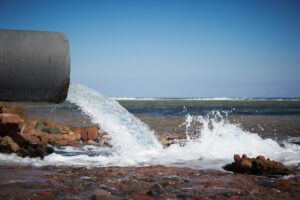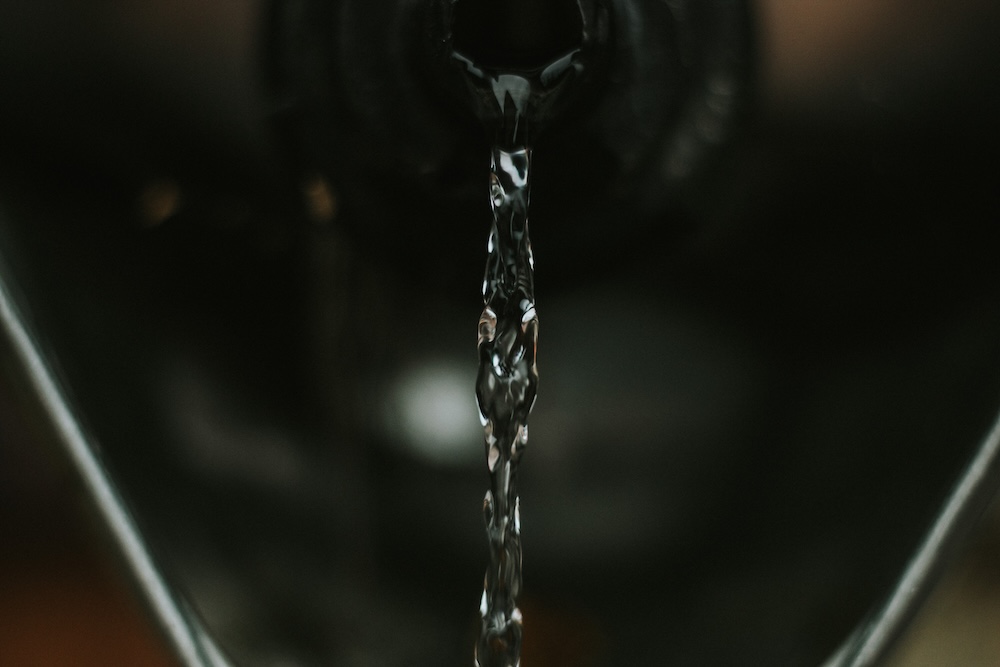Defining Distilled Water
Distilled water is water that has been purified through distillation, a process that involves boiling the water into vapor and then condensing it back into liquid in a clean container. This process removes most:
- Dissolved salts and minerals
- Bacteria and viruses
- Heavy metals
- Other contaminants
The result is highly purified, mineral-free water that’s commonly used in laboratories, medical devices, and certain household appliances.
How Is Distilled Water Made?
Step-by-Step:
- Water is heated until it becomes steam
- The steam rises, leaving behind impurities
- It’s cooled and condensed into clean, liquid water
This mimics the Earth’s natural water cycle — evaporation, condensation, precipitation — but in a controlled, man-made setting.
How Is Distilled Water Different from Other Types?
| Water Type | Treatment Process | Mineral Content | Typical Use |
|---|---|---|---|
| Tap Water | Chlorinated/filtered | Varies | General household use |
| Filtered Water | Carbon/reverse osmosis | Moderate–Low | Drinking, cooking |
| Distilled Water | Boiled and condensed | None | Appliances, medical use |
| Spring/Mineral | Natural sources | High | Drinking, marketed for taste |
Common Uses of Distilled Water
Household:
- CPAP machines
- Steam irons
- Humidifiers
- Car batteries
- Cleaning electronics or windows (no streaks)
Medical and Laboratory:
- Sterile environments
- Wound cleaning
- Pharmaceutical preparation
Cosmetic and Skincare:
- Used in DIY skincare products like rose water or toners
Is Distilled Water Safe to Drink?
Yes — but it’s not ideal for daily consumption.
Pros:
- Extremely clean — great for people with compromised immune systems or in contaminated water zones
- No risk of lead, chlorine, or pathogens (if properly distilled and stored)
Cons:
- Lacks essential minerals like calcium and magnesium
- May taste flat or metallic
- Long-term use may contribute to mineral deficiencies if not balanced with a healthy diet
Environmental Considerations
Energy Use
Distillation is energy-intensive. Boiling and condensing water consumes significantly more power than filtration or UV purification.
Bottled Distilled Water
Most store-bought distilled water comes in plastic jugs, adding to single-use plastic waste and transportation emissions.
Sustainability Tips:
- Make your own distilled water if needed, and use energy-efficient appliances
- Use only when necessary — not for routine drinking
- Store in glass containers for reusable, non-leaching storage
DIY Distillation: Sustainable Use at Home
You can make distilled water using a stovetop method with a pot, bowl, and lid (see our full guide on “How to Distill Water”). It’s ideal for small-scale needs, such as appliance maintenance or skin care.
Common Questions About Distilled Water
- Is distilled water the same as purified water?
Not exactly. Distilled water is a type of purified water, but other methods (like reverse osmosis) are also used. - Can I drink distilled water every day?
Technically yes, but it’s best to balance it with mineral-rich foods or supplements. - Does distillation remove fluoride and lead?
Yes — distillation is effective at removing most inorganic contaminants. - Is distilled water better than filtered water?
It’s more purified, but not always necessary unless you have specific health or appliance needs. - Does boiling water distill it?
No — boiling alone kills microbes but doesn’t remove dissolved minerals or metals. - Can I use distilled water for plants?
Not ideal long-term — plants benefit from the minerals found in tap or rainwater.
Final Thoughts: Pure Water, Purposefully Used
Distilled water plays an important role in health, hygiene, and household maintenance — but it’s not always the most efficient or sustainable hydration source. When used thoughtfully and in moderation, it supports cleanliness and safety where purity truly matters.
For everyday drinking, filtered tap water is typically the greener, healthier, and more affordable choice. Reserve distilled water for when you really need it — and pair it with planet-conscious practices.









Reader Interactions